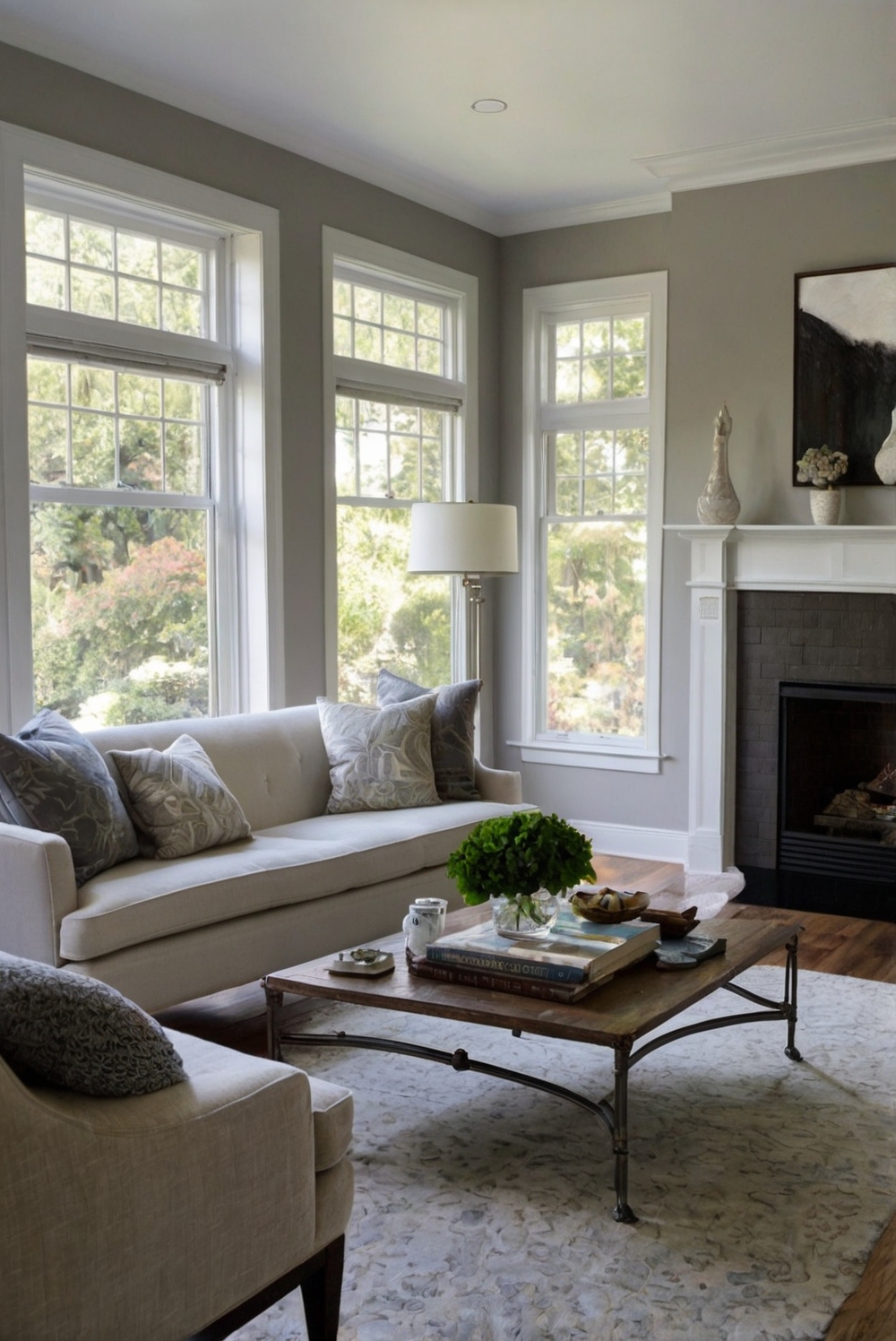Welcome to the daily routine of an interior designer! Today, we delve into the crucial role that coffee table shape plays in room flow. Join us for expert tips and insights.
What Role Does Coffee Table Shape Play in Room Flow?
What Role Does Coffee Table Shape Play in Room Flow?
In home decorating and interior design, the shape of a coffee table can significantly impact the flow of a room. Rectangular tables tend to work well in larger spaces and can anchor the room and provide a sense of balance. Circular or oval tables are great for smaller spaces as they help create a more open and fluid flow. A round table can also minimize sharp corners and create a cozy atmosphere. When choosing a coffee table shape, consider the size of the room, the furniture layout, and the overall style you want to achieve. Proper space planning and thoughtful selection of coffee table shape will enhance the room’s flow and aesthetics.
The shape of a coffee table can significantly impact the flow of a room.
When choosing a coffee table, it is important to consider its shape as it can influence the overall aesthetic and functionality of the space. The shape of the coffee table can either enhance or disrupt the flow of the room, depending on how well it complements the existing furniture and layout.
Round coffee tables
Round coffee tables are a popular choice for many living rooms due to their ability to soften the sharp angles of a room. The circular shape of a round coffee table can create a sense of unity and cohesion in the space, making it feel more inviting and comfortable. Round coffee tables are ideal for smaller rooms or spaces with limited walking space as they have no sharp corners that can obstruct movement.
Square coffee tables
Square coffee tables are known for their versatility and ability to anchor a room. The symmetrical shape of a square coffee table can create a sense of balance and proportion in the space. Square coffee tables are great for larger rooms or seating areas with ample space as they provide a generous surface area for drinks, snacks, and decor.
Rectangular coffee tables
Rectangular coffee tables are a popular choice for many living rooms due to their ability to complement the shape of sofas and seating arrangements. The elongated shape of a rectangular coffee table can help define the flow of the room and create a sense of direction. Rectangular coffee tables are ideal for longer seating arrangements or narrow rooms as they can visually elongate the space.
Consider the size and scale of the room
When choosing a coffee table, it is important to consider the size and scale of the room. A large room with high ceilings may benefit from a substantial coffee table that can anchor the space, while a small room may require a more compact coffee table to prevent overcrowding. The shape of the coffee table should complement the proportions of the room and existing furniture to ensure a harmonious flow.
Think about the function of the coffee table
Another important factor to consider when choosing a coffee table is its function. A coffee table should not only enhance the aesthetic appeal of the room but also serve a practical purpose. Round coffee tables are great for creating a cozy seating area, while square coffee tables are ideal for entertaining guests. Rectangular coffee tables can provide ample surface space for storage and display.
In conclusion, the shape of a coffee table plays a crucial role in the flow of a room. Whether you opt for a round, square, or rectangular coffee table, it is essential to consider how the shape will impact the overall aesthetic and functionality of the space. By choosing a coffee table that complements the size, scale, and function of the room, you can create a harmonious and inviting living area that flows seamlessly from one space to the next.

